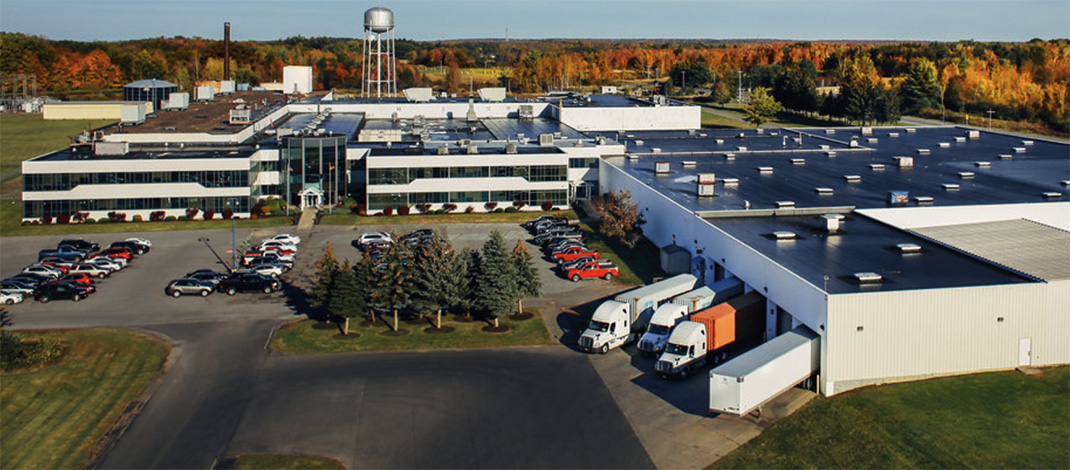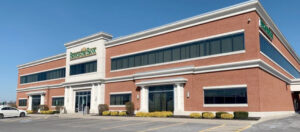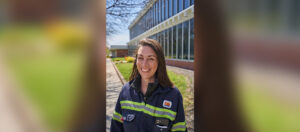Pulaski-area Paper Company, Always Reinventing Itself, Is Now Investing Over $100 Million in New Equipment, Products
By Stefan Yablonski
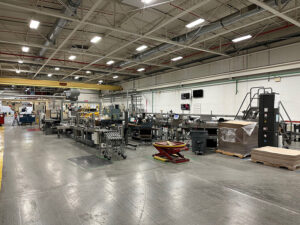
Felix Schoeller North America’s vision for 2030 is: “We are a family business today and will be for future generations.”
That sort of forward thinking has served the company well for more than a century.
Family-owned
Founded in 1895 as a paper mill in Osnabrück, Germany, Felix Schoeller today supplies more than 1,947 customers in 65 countries.
The company has been family-owned since its start. Five generations have made the transition from a former photo base paper producer to a global manufacturer of specialty papers.
The company, headquartered in Germany, has operations in Germany, Russia, Canada and the United States.
It employs around 2,500 people and generates sales of about $1 billion.
Felix Schoeller is the global market leader in the manufacture of high-quality imaging papers for photographic and digital printing applications. Photo papers from Felix Schoeller are all equipped with a special microporous color receiver layer. This allows not only carefree printing, but also fastest drying times and pin-sharp details. They are therefore suitable for a wide range of different applications — in both small and large formats.
With 150 employees and annual sales of more than $80 million, Felix Schoeller North America is among the largest private companies in Oswego County.
Photograph paper was in demand in the 1980s and 1990s. Things changed with the advent of digital photography.
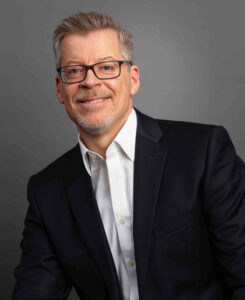
president & CEO of North American operations.
“Felix Schoeller North America has always shown an amazing ability to reinvent itself,” according to Michael Szidat, president & CEO, who is based in the North America headquarters in the Pulaski area.
“As the core business of manufacturing photographic papers started to decline in the early 2000s the company focused its activities on becoming the largest North American converter and distributor of digital printing papers,” he said. “And as the use of digital printing at home and in offices began to go down in the last 10 years or so, we developed our new release papers business for the adhesive coating industry.”
The total investment for the production of high-quality decor papers (decor papers are specialty papers used to create quality finishes on wooden materials) and release liners in the North American sites is expected to exceed $100 million by 2025, according to Szidat.
Starting this year, capacities at the company’s sites in America and Canada will be significantly expanded in three steps.
1 — Currently, a new silicone coater is being installed at the Pulaski area site.
It will enable the Felix Schoeller Group to supply the North American market with domestically produced siliconized papers and films. In doing so, the company is relying not only on solvent-free silicone technology, but adding solvent-based silicone technology to its portfolio — while utilizing particularly energy-efficient and environmentally friendly technological solutions.
The new machine is nearly as long as a football field.

vice president of operations.
“Internally, we call the machine CO-07,” said Andy Clements, vice president of operations. “The specific name is just the silicone coating line.”
It takes a five-man crew to run the new machine. It will operate in two shifts.
They can print out huge signs and logos that are used on the sides of many tractor-trailers these days. It uses a high-performance adhesive — “It has to stay there in the winter and summer,” Szidat said.
2 — The second step is the expansion of the paper machine capacity in Drummondville, Canada, from currently 32,000 tons to more than 40,000 tons per year, according to Matthew Serrao, production manager in the coating department in the Pulaski area.
This increase is scheduled to be completed in fourth quarter of 2023, he added.
3 — And the third part — the specialty paper manufacturer plans to invest in the construction of a second paper machine for the North American market.
The plan is to add up to 50,000 tons of capacity for the decor and release liner markets. During project planning, the location and details of the technical equipment will be determined.
The operation in Richland converts, packs and distributes inkjet papers and specialty products for the North American market. It is also home to the North American sales and marketing staff.
“With the project for a new paper machine, we are opening a new chapter for Felix Schoeller in North America. In the future, we will be able to offer reliable supply with local service not only to our customers for high-quality decor papers, but in addition to our key market for release liners,” Szidat explained.
“What we are doing here right now is just one part. The project is also going on up in our plant in Canada. We are currently ramping up and hope to start production by the end of the year,” he added. “And then a few years down the road we are planning to build a new paper mill.”
Over the last couple of years, visual printing has seen a decline.
“Commercial professional applications are stable. Home printing — very few — we’ve seen a decline in the home printing market,” he said. “For us that has meant a shift in business focus to a certain extent.”
The early days
The company was founded by Felix Herrmann Maria Schoeller — the son of a papermaker.
He was fascinated by the emerging field of photography at the end of the 19th century.
Recognizing the rapidly growing demand for silver-salt photographic paper, he developed a business idea.
In 1895, he took over a paper mill east of Osnabrück and founded Papierfabrik Felix Schoeller.
Even then, the company focused on diversifying its product range. In addition to photographic base papers it also produced document papers, drawing and packaging papers.
This laid the foundation for the success of the family business.
At the beginning of the 20th century, the photographic paper business was flourishing and Felix Schoeller was one of the key innovators.
Second generation
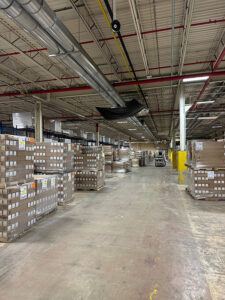
When the founder died in 1907, his sons, Felix Heribert, Lothar and Gerhardt Schoeller took over the management of the company.
The new management further developed the vision of the company founder and recognized the enormous market potential for photo papers.
Expansion followed accordingly, initially within Europe.
In 1912, the company ventured across the ocean and founded the Felix Schoeller Paper Company in America.
It settled in New York and in 1932 launched its first attempt to produce coated paper.
In 1949, the third generation, Klaus, Felix Richard and Gert Schoeller, joined the company management.
As early as 1964, the company built the first extruder for coating photo base papers, thus providing the basis for the decision in 1980 to concentrate on photo base papers in the product range. This was followed in 1986 by the PM 1, at that time the world’s most efficient paper machine for photo base paper.
The advent of digital photography was the trigger for reexamination.
The company management recognized the possible consequences of digital photography early on and reacted with a new corporate strategy.
It broadened its product range considerably and entered into the production of high-quality special papers for inkjet printing systems and decor papers.
In 1993, the decor business of Technocell AG was taken over and Technocell Dekor was founded.
The Weißenborn mill expanded in 1998. This made the plant the world’s only integrated site for photo imaging papers.
Expansion continued in the 2000s with sites in Canada, Russia, Japan, Malaysia and Australia. In 2001, for example, Felix Schoeller acquired a majority stake in the Kunz Group’s decor paper mill in Drummondville, Canada. The portfolio was also steadily expanded.
Group CEO spent time in local plant
Today, the Felix Schoeller Group has 11 production sites and representative offices worldwide. It is one of the leading paper manufacturers producing both base paper and coated paper (Coated paper is paper that has been coated with a mix of materials or a polymer to give the paper certain qualities. For example, a glossy or satin finish), combining extensive paper and coating know-how with state-of-the-art machines and technologies.
Skills such as paper printability have been transferred to the packaging segment. In the spirit of sustainability, the experts support their customers in replacing conventional materials — such as plastic or aluminum — step by step with more environmentally friendly solutions, without losing sight of the functionality and product protection of the packaging.
The product portfolio includes, among others, the sustainable paper base PrimePaper and the paper composite series FlexPaper.
In 2020, the 125th anniversary was celebrated.
One product stands out from the comprehensive portfolio — FlexPaper pure. It is an expression of Felix Schoeller’s innovative strength and with a high paper content of 95% makes an important contribution to effective recycling management and brings sustainability to the entire life cycle of packaging.
FlexPaper pure is manufactured using a thin-layer extrusion process. It is based on renewable FSC-certified pulp from sustainable forestry. In addition to the ecological aspects, the special paper convinces customers with very good printing results in flexo and gravure printing in order to position the respective product attractively in the trade. FlexPaper pure is suitable for disposal in waste paper.
In 2021, the world market leader for photographic and decorative papers produced around 545,000 tons of speciality papers for around 1,800 customers in more than 65 countries with more than 3,700 employees worldwide.
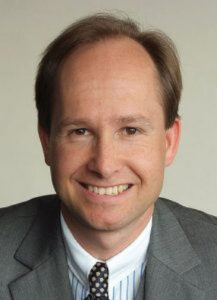
“Since 2018, Hans-Christoph Gallenkamp, our group CEO, has been the fifth generation to head the family-owned company,” Szidat said. “He is obviously based in Germany — but he did spend a few years in Pulaski as the paper machine superintendent, back in 1999-2002. Therefore this site still has a special place in his heart and he loves coming back to Pulaski and see our progress.”
The secret of the family business’ success? It has grown steadily and always sustainably, according to CEO Szidat. Long-term success was more important to all generations than short-term profit, he said.
The second major success factor was being open to new things; the constant willingness to recognize trends and to draw the consequences for one’s own company and to see this not as a danger but as an opportunity.
Attributes for success, Szidat said are:
• Strong market and customer orientation
• Sound and clear strategic vision and direction and always a long-term view. When we have chosen a direction, we stick with it and think in three- to five-year timeframes. Not changing course every time, a “share price” goes down, like some publicly traded companies.
• Great people that fill the vision and strategies with life and make things happen. They bring the creativity, the drive and the resilience to reinvent ourselves every time these big challenges get thrown at us.

